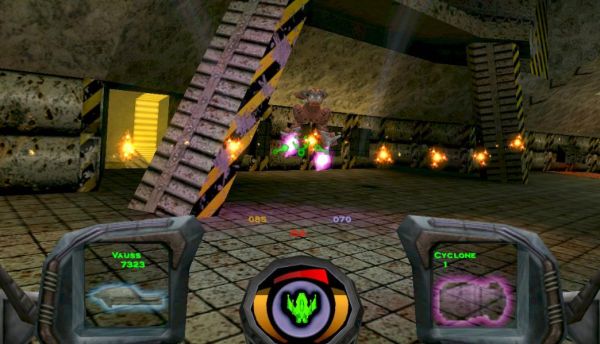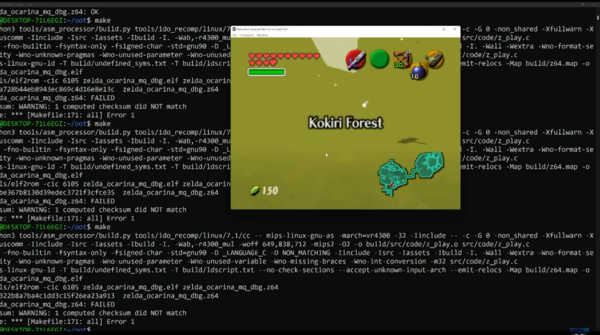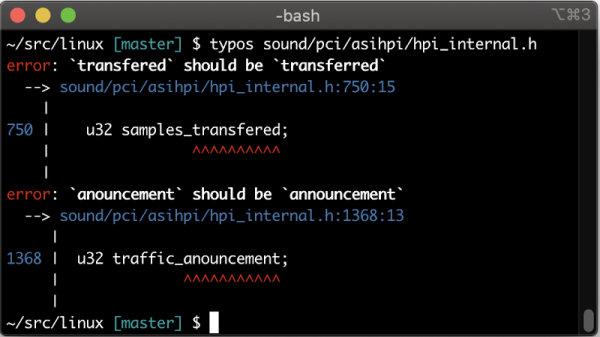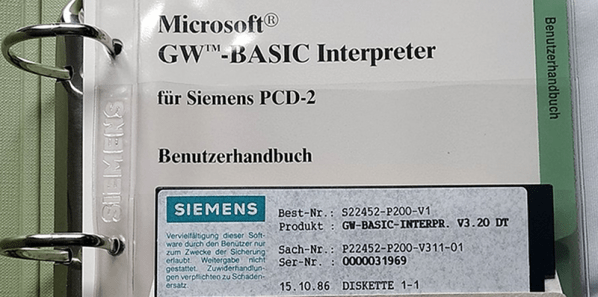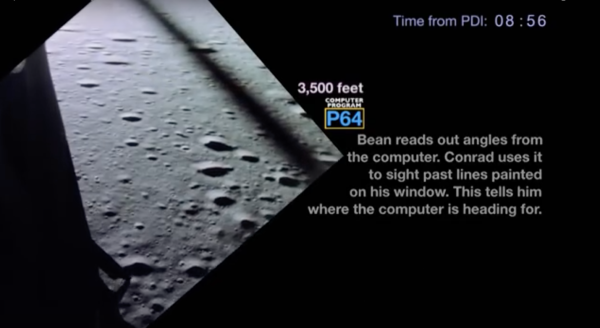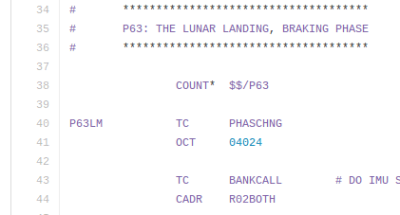On April 16th of this year, [Kevin Bentley] released the source code to the Sci-Fi FPS game Descent 3. Originally released in 1999 for Windows, the game has you control a flying ship which you have to guide through both in- and outdoor environments, while shooting at robots that have been infected with an alien virus as you try to save the solar system. It was later also ported to Mac OS and Linux, but was considered a commercial flop due to low sales.
As one of the original developers, [Kevin] explains that one of the goals of this code release is to give the game a second life, by cleaning up the C++ code and using new APIs. Original proprietary audio and video libraries from Interplay were removed, which means that some work is required before one can build a fresh copy of the game from this code base. That said, the released code is the latest 1.5 patch level, with the Mac OS and Linux support. Even if the original Descent games weren’t your cup of tea, it’s still great to see games being preserved and updated like this.
Thanks to [Phil Ashby] for the tip.

